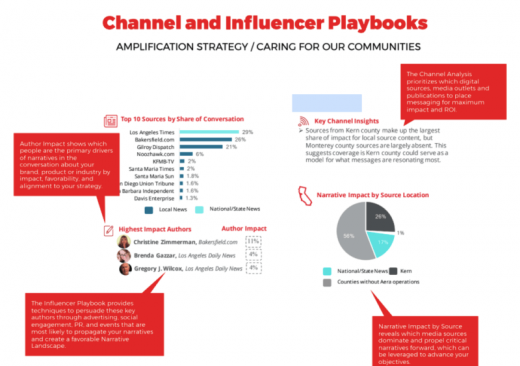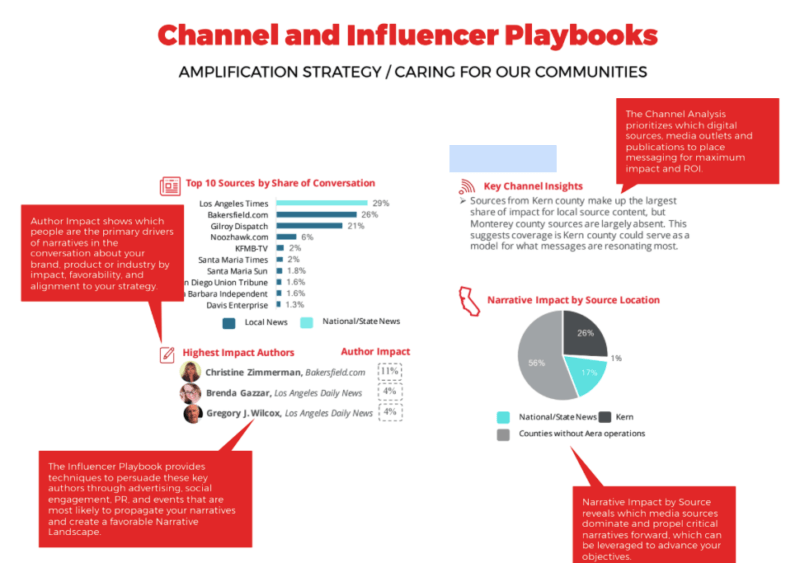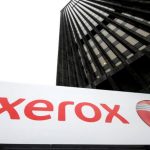Protagonist adds action tools to its narrative analytics for brands
Going beyond its previous identification of brand-relevant beliefs, the startup is now offering tools to find associated words, channels and influencers.

In April, San Francisco-based Protagonist launched an AI-powered platform that looked at online articles and comments to find the “underlying beliefs and motivations of consumers.”
These messaging narratives were then made available to inform a client brand’s marketing strategy. Protagonist defines narratives as “deeply held beliefs that drive human behavior.”
The company’s technology was originally employed for initiatives from the White House and the National Security Council, like finding narratives driving terrorism. It was adapted by Protagonist to find insights in social media, magazines and newspapers, blogs and other sources of online opinion and conversation. Protagonist staff specialists then developed those insights into brand narratives for such clients as Microsoft, General Mills, Warner Brothers, Wells Fargo and Starbucks.
This week, Protagonist is moving beyond identifying brand narratives by adding tools that enable action.
“Before we gave them a map,” CEO Doug Randall told me. “Now, it’s a map and instructions.”
Suppose you’re a candy company, he suggested. “Today, almost everyone in [candy and food] industries [is] asking: how should we deal with concerns about sugar?”
One narrative belief system, for instance, is that Big Sugar companies, like tobacco companies, understand they are selling a product that can be bad for people’s health.
And another belief system might be that a spoonful of sugar may be bad, but it’s OK in moderation.
“If you’re a marketer,” Randall told me, “you need to know which one you’re trying to counter, amplify or ignore.”
Here are the new tools to act on insights into brand belief systems.
North Star Narrative, which Protagonist describes as the guiding Narrative a brand needs to keep itself oriented during crises or competitive struggles. It contains the belief system, plus an assessment of how much competitive brands are associated with prevailing narratives in that category. Once the Narrative has been set, the platform generates the following three Playbooks for action:
- Messaging Playbook. The platform generates the related words and phrases that would best be employed in marketing messages to support, counter or ignore the Narrative.
- Channel Playbook indicates the online and print channels that resonate most for this specific Narrative.
- Influencer Playbook points out the specific people or news sources that are driving the conversation about this and related narratives. Who are the most influential bloggers, for instance, and what are their narratives?
Here’s a visual from Protagonist summarizing the Channel and Influencer Playbooks:
In addition to the above action-oriented tools, Protagonist is also announcing improvements to its Natural Language Processing that allow the platform to distinguish between claims made, evidence supporting them and underlying concepts.
Some of this may sound similar to what marketing agencies do — determine a brand’s message, the competitive messaging landscape and the remaining opportunities.
Randall said that marketing firms get the info for their positioning strategy from panels, focus groups and surveys, which “can miss new ideas and are hard to track.” Plus, he said, those sources make it difficult to determine what influenced those beliefs.
He noted that sentiment analysis of social posts and other content “doesn’t understand meaning.”
Protagonist, he said, offers “an alternative approach to market research” or sentiment analysis, adding that “no one does what we do.”
Marketing Land – Internet Marketing News, Strategies & Tips
(35)















